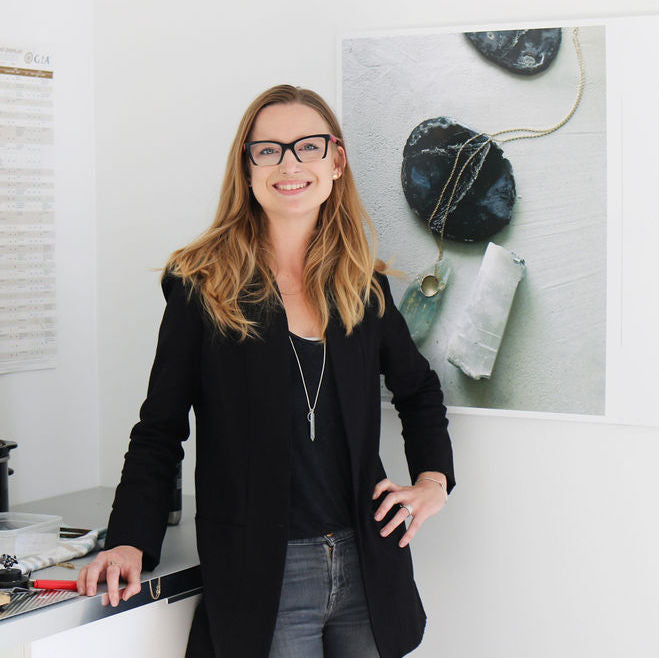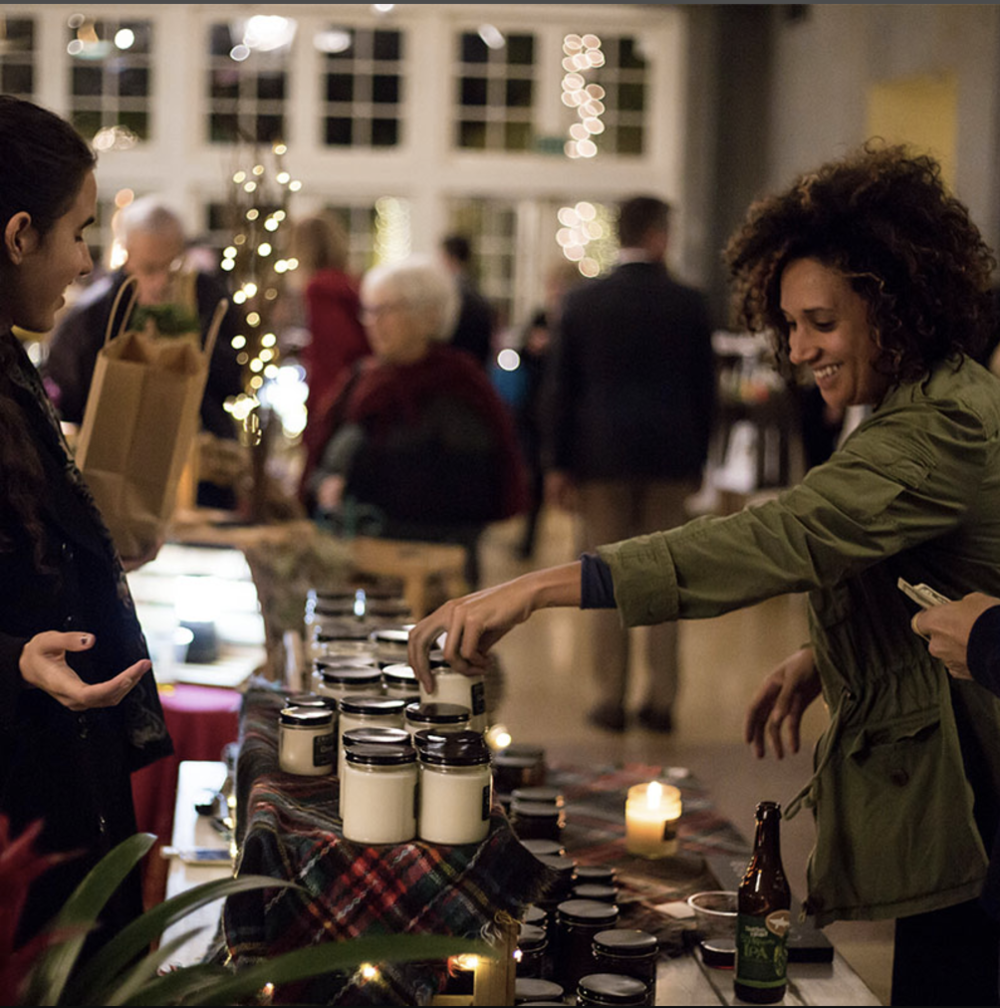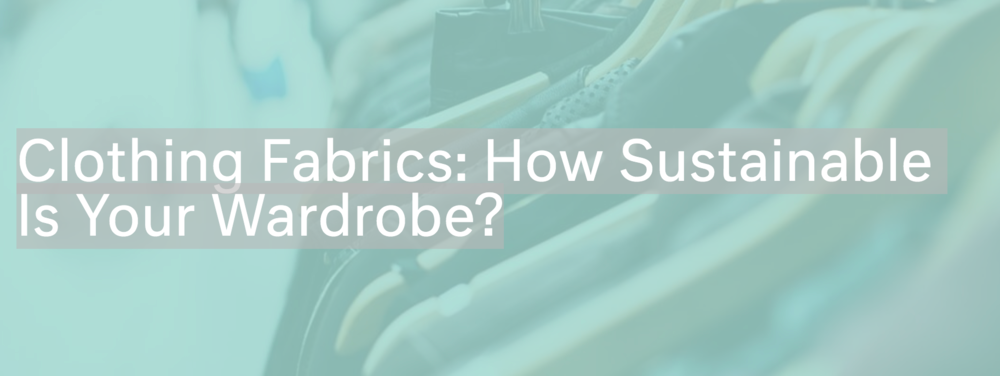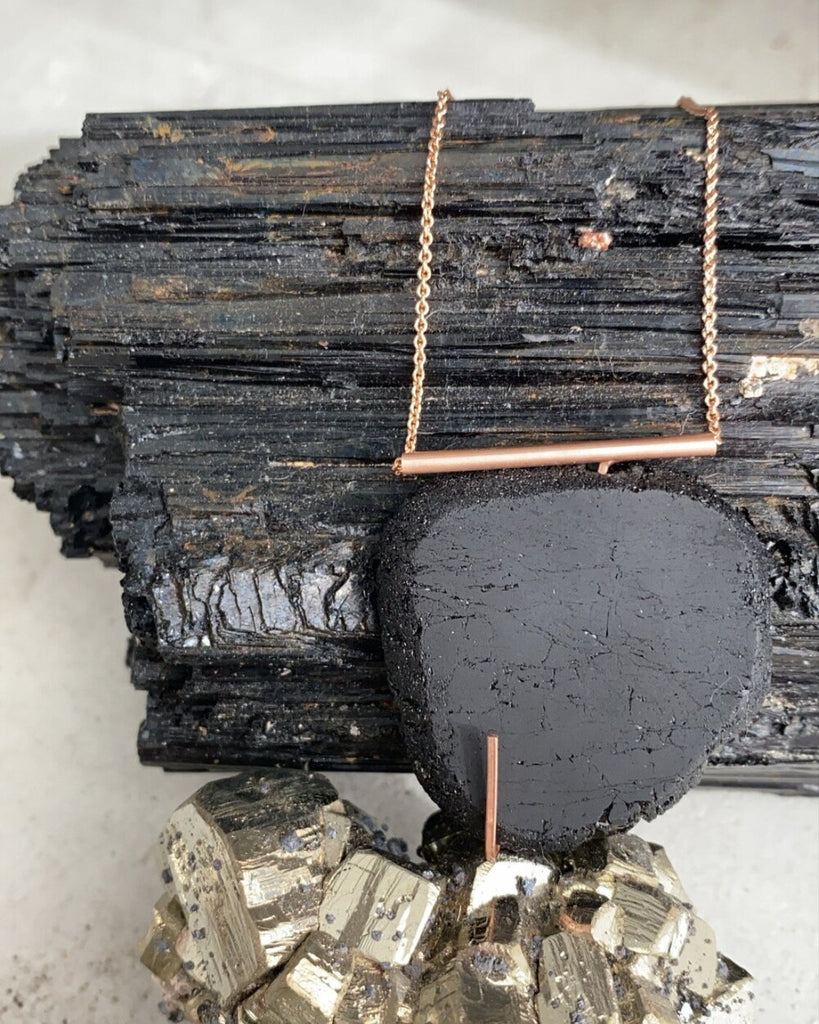The Journey Of Your Recycling
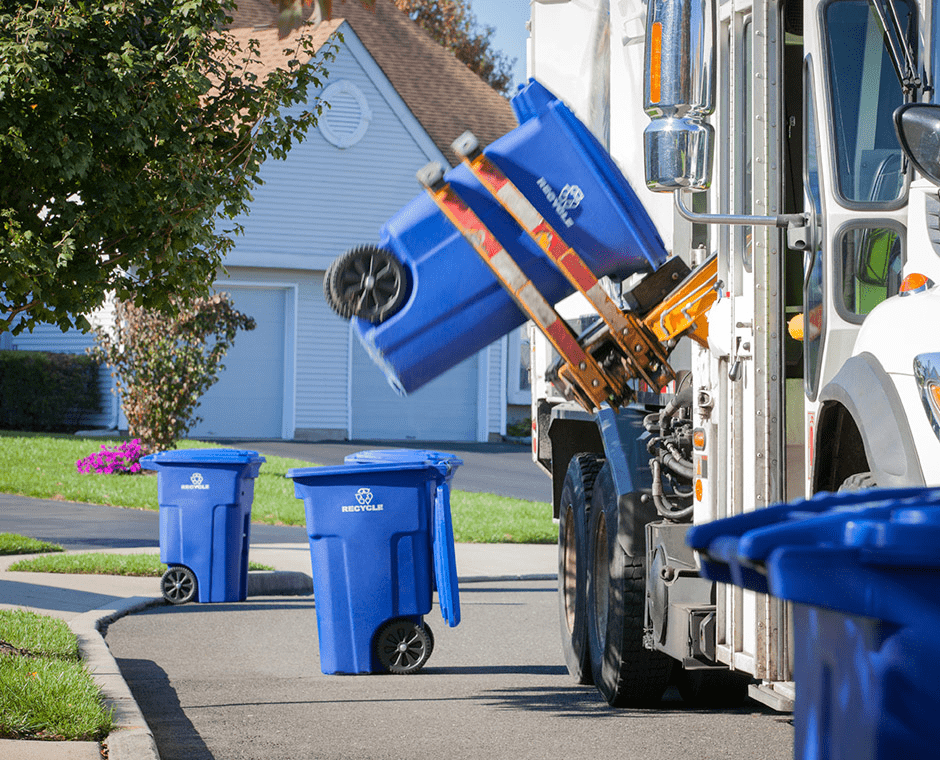
Have you ever wondered what happens to your recycling after it is picked up? In this fast pace world, it can be difficult to think beyond the “right now”, but we like asking the tough questions of where our resources come from and where they end up. We try to reveal that which is usually overlooked or taken for granted. We wanted to know what happens to our recycling after those blue bins. Is it being properly taken care of and how? To help keep our facts straight and credible, this blog will reflect the San Diego area.
Imagine you have come back from picking up groceries, and are starting to put away your new items. You open the fridge and remove a nearly empty milk jug, a flat soda bottle, and a half empty can of beans your roommate left in the fridge. Being an environmentally conscious person, you empty out all the contents, wash your roommates can, and begin to make the trip outside to your blue city approved recycling container. Along the way you even pick up an old box your roommate didn’t bother to break down and place all four items in the blue bin.
This is where the story for these items begins. They are collected on Friday morning while you are at work by IMS Recycling or Allen Company, the two contractors San Diego works with for recycling. Both companies sort through the mounds of recycling they collect daily to find what is useful and what is too contaminated. Good thing your items were emptied out properly and will have a good chance of being recycled.
The mounds of recyclables are placed in big conveyor belts and slowly sorted. The city of San Diego stated that “The process includes conveyor belts, manual picking lines, disk screens, air classification, magnetic separation, eddy current separation, and more manual separation.” so each of your items will become categorized
After separation the items can be either further broken down and sold as new products or raw products.
Much of the newspaper, mixed paper and cardboard will go to Asian countries for production of a variety of paper products, including more boxes, tissue paper, and packaging. Paper will be broken down, given a hot chemical and water bath to remove all impurities such as glue, staples, plastic windows, and inks. The watery paper pulp can then be bleached (if needed), dyed, pressed, dried, and cut into the required paper product.
Plastic soda/water bottles are made from very high-quality plastic called PET. It can be produced into dozens of products, including t-shirts, sweaters, tennis shoes, other bottles, and backpacks made from recycled products.
Milk and juice jugs and detergent bottles are typically made from HDPE plastic. They will come back to stores as new containers or show up in parks as playground equipment, on back yard decks as plastic lumber, and in parking lots as speed bumps and parking blocks.
Plastics will be sorted into piles according to color and types before being broken down. The plastic is then cut up and made into small pellets or fibers. These then can be used to make other plastic products or interwoven with fabrics to produce textiles.
And remember your roommate’s old can of beans? Because you cleaned it well it now has the potential to be used in planes, cars, bikes, toys, and anywhere that could potentially use aluminum and steel. Cans are chopped up, then heated to remove the paint coating. The pieces melt and mix in a vortex furnace. After being filtered and treated, the molten aluminum is poured into ingots, which are rolled into flat sheets ready to be made into new cans.
Your items have now become new products and have started their journey again. Remember to buy recycled items to help close the circle.
Sources:
https://www.sandiego.gov/environmental-services/recycling/residential/curbside/recyclab
https://science.howstuffworks.com/environmental/conservation/issues/recycling-reality.htm
http://www.savemobile.org/Recycle/recycling.whathappens.shtml


